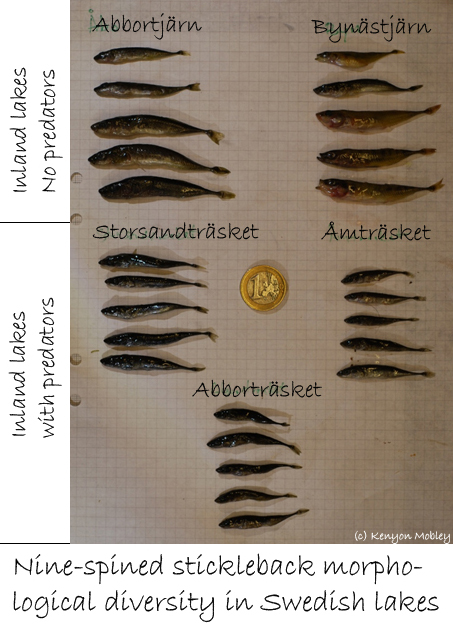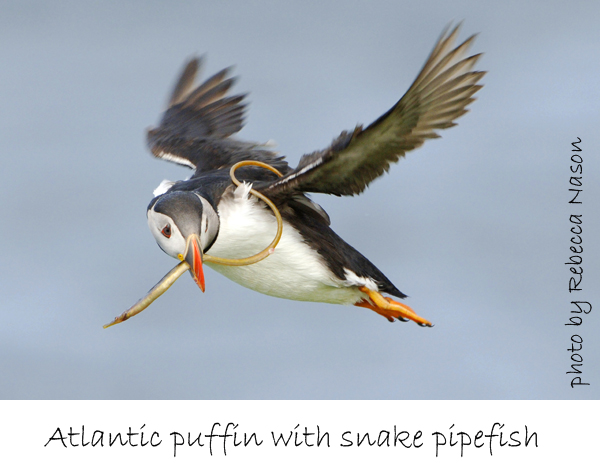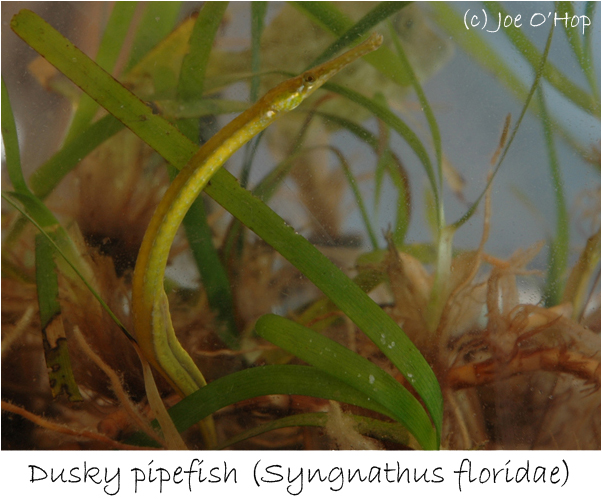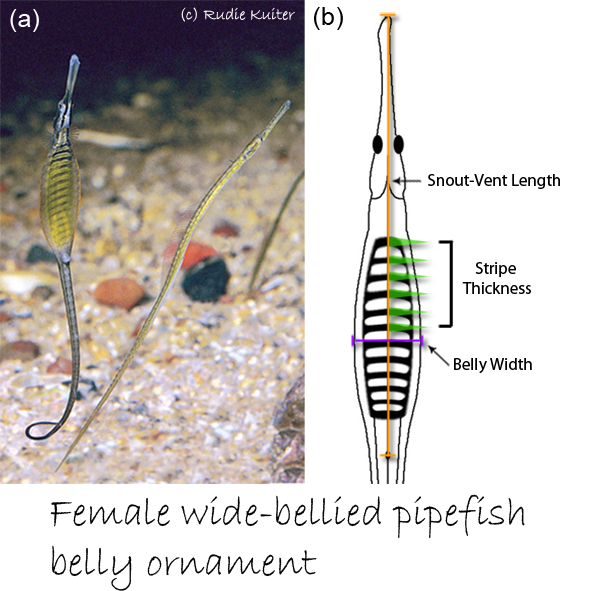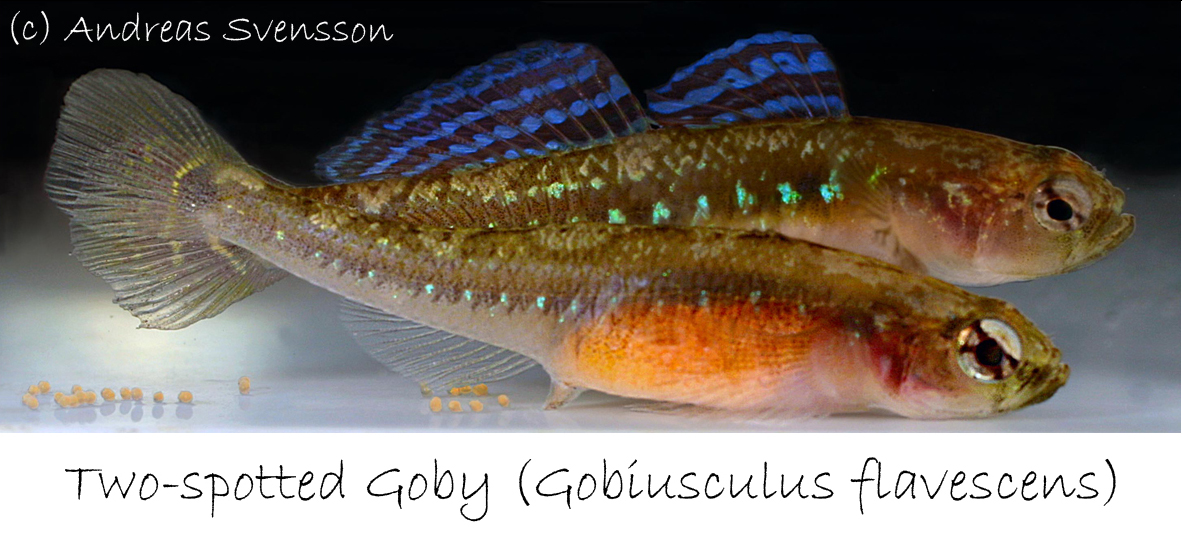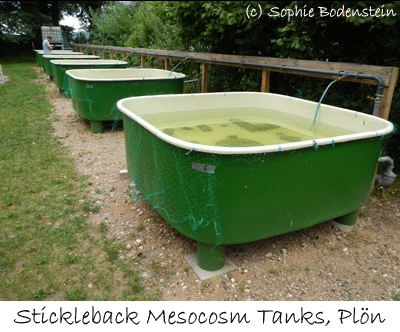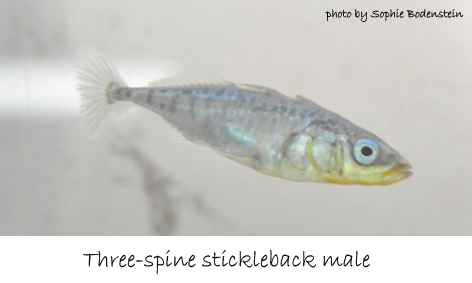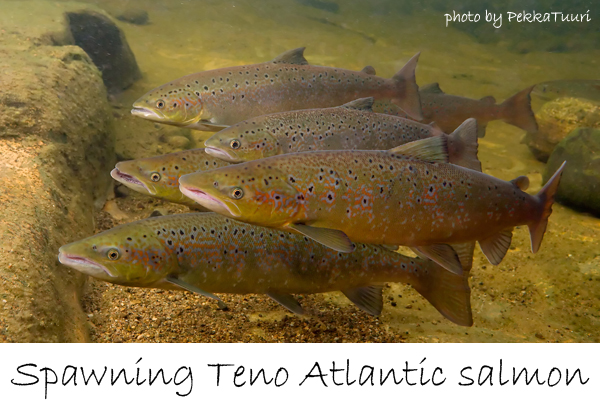
This research investigates how life-history and large-effect maturation loci (e.g. vgll3, six6, akap11) influence maturation and reproduction in salmonid fishes such as Atlantic salmon. I use a multi-generational pedigrees from adults and juveniles to study how adult traits influence reproduction and offspring survival, as well as patterns of dispersal and movement of juveniles. I am also interested in how environmental factors such as diet and temperature influence sperm and egg quality, fertilization success, and offspring fitness. The goal of this research is to understand maturation and reproductive behavior and how it relates to sexual conflict, life-history trade-offs and reproductive fitness. Research generated from these projects will help inform aquaculture, fisheries management, and conservation endeavors of these important commercial food and sport fishes.
